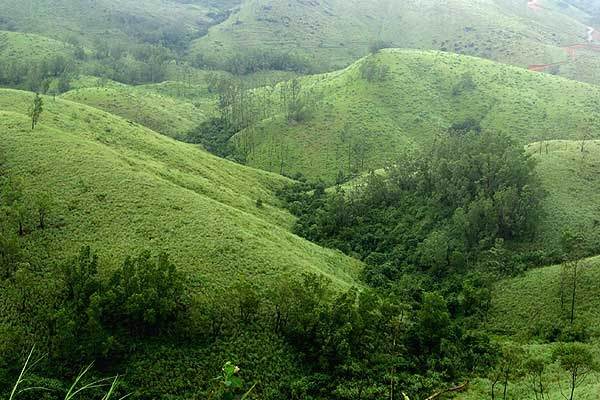Gandhmardan Hill Could Be Odisha’s Third Biodiversity Heritage Site Soon

Bhubaneswar: The ecologically-sensitive Gandhamardan hill, located between Balangir and Bargarh districts and known for its medicinal plants, could be Odisha’s third ‘biodiversity heritage site’ soon. The Odisha Biodiversity Board has sent a proposal to the state government to declare the 18,963.89-hectare threatened hill range in the Gandhamardan reserve forest area as a ‘Biodiversity Heritage Site’ for long-term protection, conservation and management of biological resources of the hill.
According to the Board officials, they received proposals from the Biodiversity Management Committee (BMC) of Nandupalla, Telenpalli, Bartunda, Mithapalli as well as DFO Balangir and Bargarh and other stakeholders to declare Gandhamardan hill as a biodiversity heritage site.
Following this, they carried out a detailed inventory of the flora and fauna in the hill ecosystem spread over 189.639 sq km within the forest ranges of Harisankar, Lathore and Patnagarh in Balangir and Nursinghnath and Paikamal in Bargarh.
The Board has found 1,700 species of plants and animals, 1,200 species of plants and 500 species of animals, in the hill ecosystem. Around 209 trees, 135 shrubs, 473 herbs, 77 climbers and 300 species of medicinal plants have been recorded in the hill ecosystem of which 18 species are threatened and one species is endemic, The New Indian Express reported.
About Gandhimardan
Fifteen years ago, the Gandhamardan hills, rich in biodiversity and bauxite equally, were the platform for one of India’s most vocal people’s struggles to conserve forests and livelihood. A five-year sustained campaign by the local people saw BALCO wind up its operation to mine 213 million tonnes of bauxite.
The Botanical Survey of India has reported the existence of 220 plant species of medicinal value. Local people, however, claim that there are more than 500 species of medicinal plants in this area. The flora of the buffer zone is the most vulnerable. Many medicinal plant species such as Clerodendron indicum , Rauvolfia serpentina and Plumbago zeylanica , which were once available in plenty, have become scarce. A study by G Panigrahi of the Botanical Survey of India in 1963 recorded 2,700 angiosperms and 125 species of important medicinal plants, out of a total of 220 species of medicinal and quasi-medicinal and economically-vital plants.
Besides, more than 100 traditional healthcare practitioners live in and around the Gandhamardan hills. These practitioners provide medical facilities to about 50,000 tribal people. There are two Ayurvedic colleges and hospitals on both sides of Gandhamardan, one in Bargarh district and the other in Bolangir.

Comments are closed.